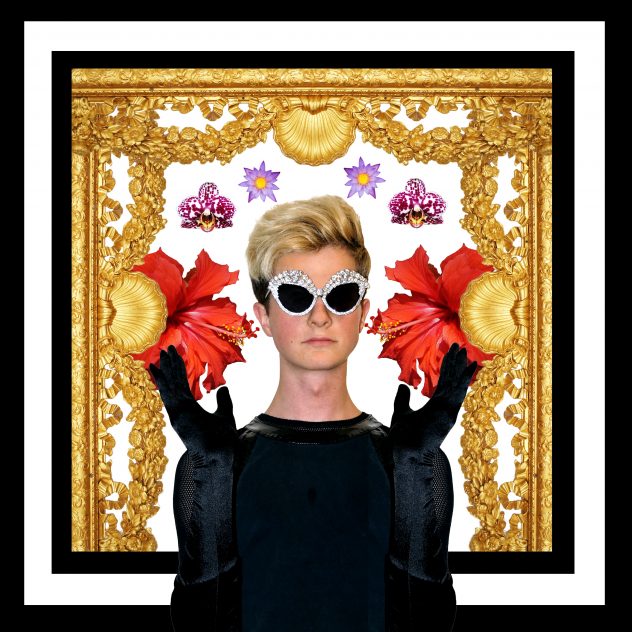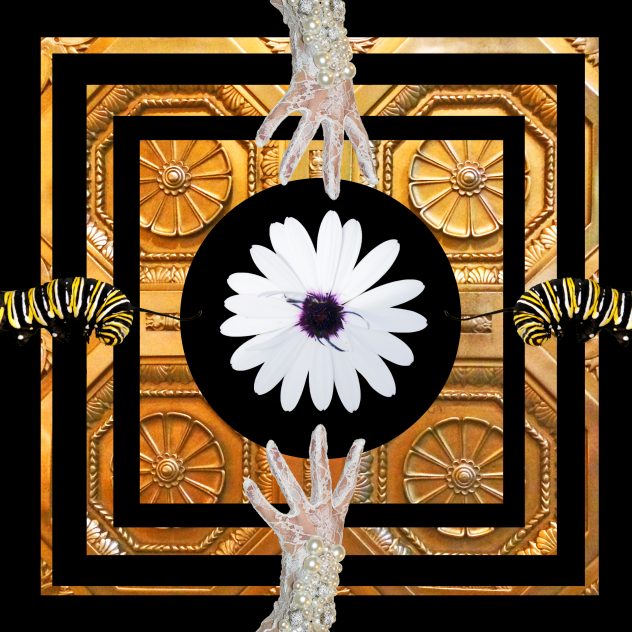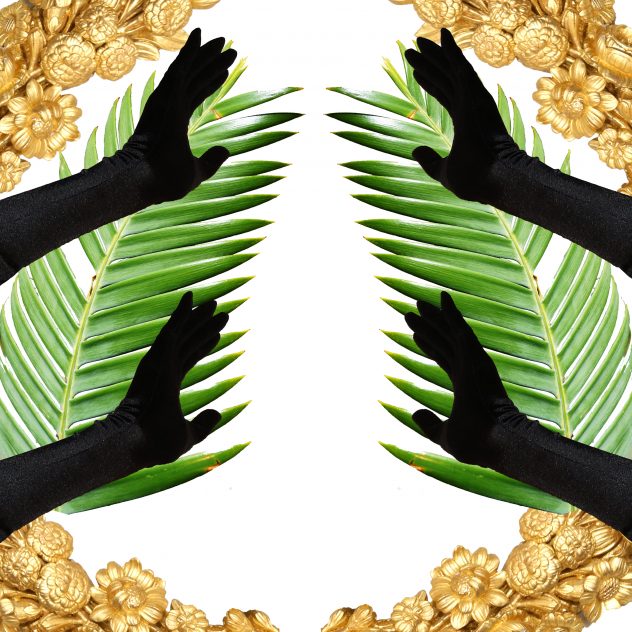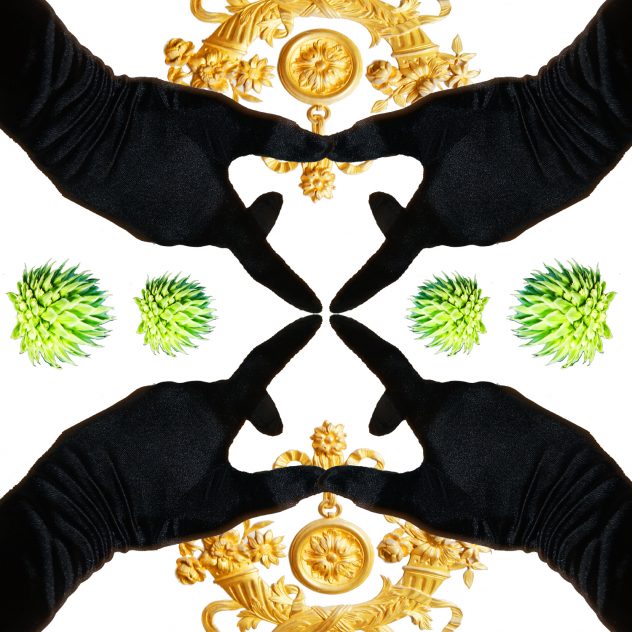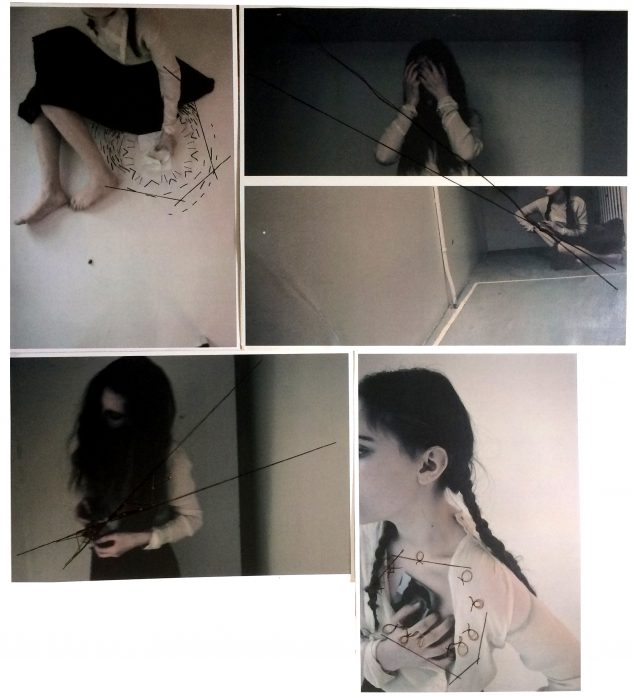PERSONAE
History Through Objects
Level: Second Year Art & Design/ ESL low-intermediate to intermediate
Language Focus: Art and design vocabulary + gerunds and gerund phrases
Design Focus: Narrative through framing and sequence + Material Culture Analysis
Time: 2 classes of 2 hours and 50 min. (2h 25min activities + 25min. break/debrief)
Prep time: 4.5 hours
per·so·na
pərˈsōnə/
noun
the aspect of someone’s character that is presented to or perceived by others.
“her public persona”
Personality comes from the Greek word “persona”, meaning “mask” The word’ personality’ derives from the Latin word ‘persona’ which means ‘mask’. The study of personality can be understood as the study of ‘masks’ that people wear.
Lesson Description:
In this project, divided into two class lessons, students explore narrative construction through sequence. The teacher uses regalia to discuss historical moments through analyzing objects. Students choose an object that represents a time in history and—based on conducted research—develop a personae that embodies the qualities of the object in relation to its context in time, function, and geography. Each student designs a poster to visualize the personae and write a narrative illustrated in a book format of how their personae acts—and interacts—in the world. The teacher introduces Adobe Photoshop, Illustrator, and InDesign tools. *There is an opportunity to include a field trip to this lesson, in which students can see objects of art and design in a Museum or Gallery setting, previous to the in-class lesson.
Natalia Riedel, “Untitled” (Photography and hand sewing).
Fall 2014
Brian Swift, “The Botanist” (Photography and digital photomontage). Spring 2015
FOR TEACHER:
Readings:
- George Lipsitz, Time passages: Collective memory and American popular culture. Chapter 1: Popular Culture: This Ain’t No Sideshow, pages 3-20)
- Observing Places, using space and Material Culture in Qualitative Research, Paddy O’Toole and Prisca Were
- Teaching with Objects and Photographs, Ellen Sieber
- Thinking with Type, Grids and Typography, Ellen Lupton
- Using Gerunds and Infinitives
Visual Aids:
- Personae, Ingmar Bergman (1966)
- Secret Window, David Koepp (2004) (movie trailer)
- La Jété, Chris Marker (1962) excerpt
FOR STUDENTS:
Class 1
Readings:
– Aberrations of Time and Movement, Oliver Sacks
– “From Visual Culture to Design Culture” Guy Julier
Handouts:
Worksheets:
Class 2
Readings:
- Line, Color, Form, Jesse Day (chapter, 3: Composition, pages 40-47; Chapter 4: Material, pages 54-63)
- Structure of the Visual Book, Keith Smith, 1992. (Chapter: The Book as Physical Object, pages 6-16; Chapter: The Hand-Held book as Display, pages 19-40)

